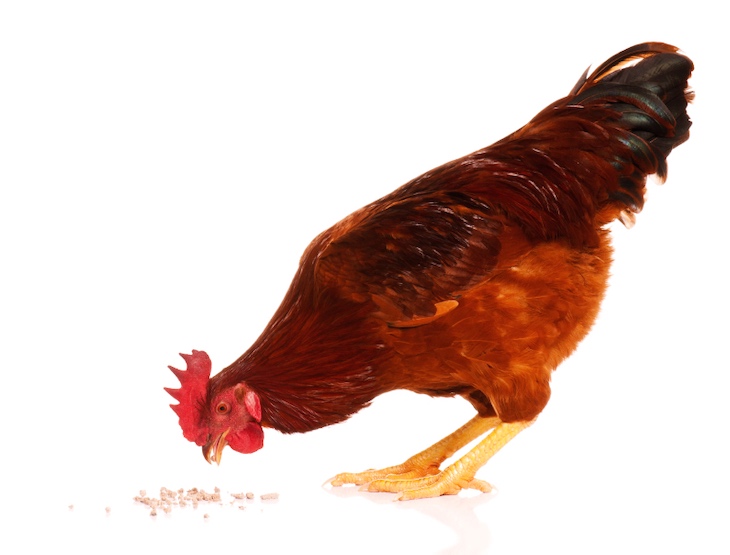A study published in the journal Animals, by Washington State University, has found that high winds increase Campylobacter prevalence in outdoor chicken flocks. About 28% of individual chickens had the pathogen at the open environment farms in the study. And organic and free-range chicken farms had the same problem. Campylobacter is the largest single cause of foodborne illness in the United States.

Co-lead author Olivia Smith, a recent Washington State University Ph.D. graduate in the School of Biological Sciences said in a statement, “Farms need to be aware of the risk. These environmental factors are influencing if the poultry are going to have foodborne pathogens, so farmers need to be aware of what’s around them. If there’s a lot of wind and if they’re in really agricultural areas, that’s a problem.”
To help solve this problem, researches said that farmers could consider installing windbreaks. Weather patterns should be watched, so chickens could be brought inside during periods of high winds. The bacteria is probably coming from nearby fields and livestock areas.
Researchers tested chicken feces from 27 open environment farms located in California, Oregon, Washington, and Idaho. The samples were collected at most of these farms once a year for three years. Most of the flocks at these farms, 69.4%, had some instance of Campylobacter contamination.
The farmers practicing open environment chicken farming avoid using chemicals in their flocks, including antibiotics, vaccines, and medications against parasites. These farmers also keep a wide range of chicken breeds and let their flocks roam outside, which is the opposite of commercial poultry producers who raise the birds in enclosed barns and treat them with medicine.
The market for free range birds is growing, but this study shows that there are still risks with these birds. And the farmers need to be aware of this risk. Outside birds can be exposed to diseases from wild birds as well and from coming into contact with the ground.




